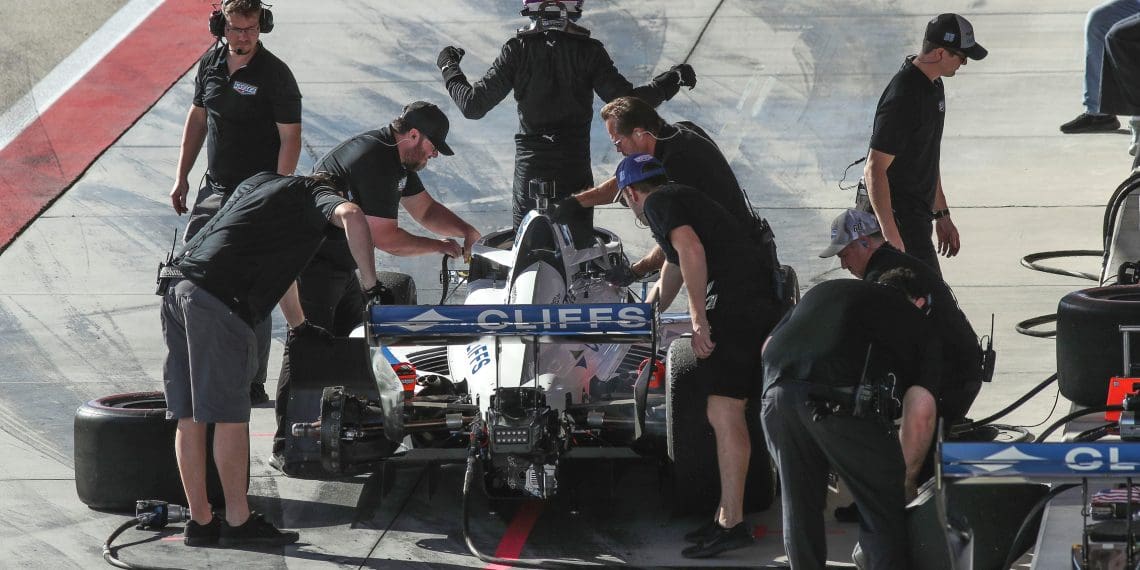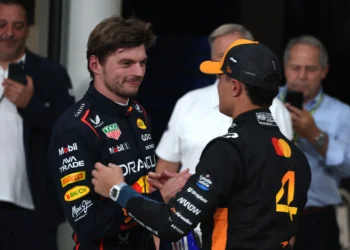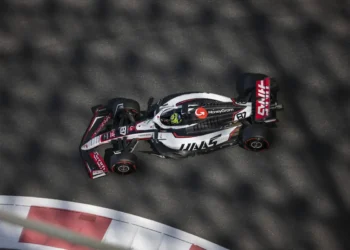Penske Entertainment CEO Mark Miles has confirmed that encouraging discussions are ongoing with IndyCar’s current engine suppliers—Chevrolet and Honda—as well as potential new manufacturers interested in joining the series. These conversations come at a pivotal moment as the sport plots its course toward a new engine formula expected to debut as early as 2027.
From Hybrid Revolution to the Next Step
After making a midseason leap to hybridization in 2024, IndyCar’s current engine package pairs a 2.2-liter turbocharged V6 with a cutting-edge Energy Recovery System (ERS) developed in collaboration with Skeleton and Empel. The series is now focused on finalizing the specifications for its next engine formula, which will continue to feature small-displacement internal combustion engines (ICE) complemented by advanced hybrid systems.
Retaining Chevy and Honda: A Priority
Both Chevrolet and Honda, IndyCar’s steadfast engine suppliers since 2012, are under contract through 2026. Ensuring their continued involvement is a critical priority for Penske Entertainment, as their engineering expertise and brand presence have been integral to the series’ success.
“We’re having very encouraging discussions with our current partners,” Miles said, underscoring the importance of aligning the new engine regulations with the manufacturers’ goals.
The Hunt for a Third Manufacturer
Adding a third engine manufacturer to the IndyCar grid has been a longstanding objective for the series, particularly since Lotus bowed out after the 2012 season. A third supplier would help ease the manufacturing burden on Chevy and Honda, both of which currently supply over a dozen cars each season, while also injecting fresh competition into the series.
“There’s serious interest on the part of prospective newcomers,” Miles revealed. “They’re paying close attention and doing all you’d expect them to do to understand the costs and their ability to be competitive.”
Although no official announcements have been made, automakers are reportedly evaluating the feasibility of joining IndyCar once the next-generation hybrid engine formula is finalized.
Why a Third Manufacturer Matters
- Reduced Strain: Chevrolet and Honda have shouldered the responsibility of supplying engines for the entire field, stretching their resources to meet demand. A third manufacturer would alleviate this burden.
- Increased Competition: A new player would shake up the competition, providing more diversity in engineering approaches and race-day strategies.
- Attracting Fans and Sponsors: A third manufacturer brings its own loyal fanbase and corporate partnerships, expanding IndyCar’s appeal both domestically and internationally.
What’s Next?
Before any formal commitments can be made, Penske Entertainment must finalize the details of its next-generation engine package, ensuring it aligns with the technological trends automakers prioritize—such as sustainable fuels and enhanced energy recovery systems. Once the specifications are locked, Chevrolet, Honda, and potential newcomers will be able to make their decisions.
The Future of IndyCar’s Power Units
IndyCar’s 2.2-liter turbocharged V6 formula has served the series well for over a decade. With the introduction of hybrid technology in 2024, the sport took a significant step forward in modernizing its technical regulations. The 2027 package promises to build on this foundation, likely incorporating:
- More advanced ERS capabilities for increased energy efficiency and deployment.
- Sustainable fuels to align with global environmental goals.
- Cost controls to ensure competitiveness without excessive spending.
A Promising Horizon
The prospect of retaining Chevrolet and Honda while bringing a third manufacturer into the fold signals a bright future for IndyCar. As Miles noted, these developments are interconnected, with the new engine formula serving as the linchpin for attracting fresh talent and innovation.
With talks heating up and the 2027 regulations looming, the stage is set for IndyCar to enter its next golden era—one driven by cutting-edge technology, fierce competition, and an ever-expanding grid of manufacturers.










